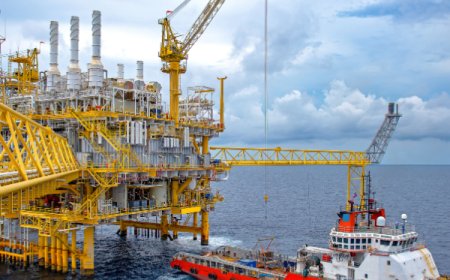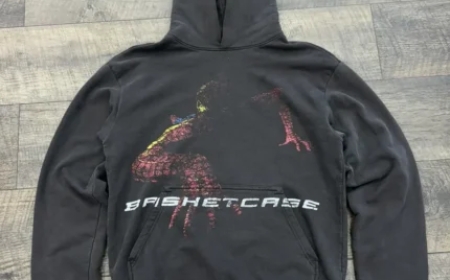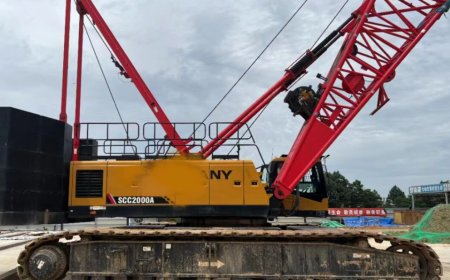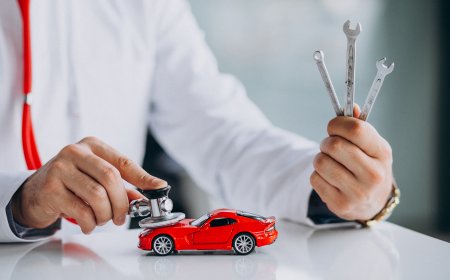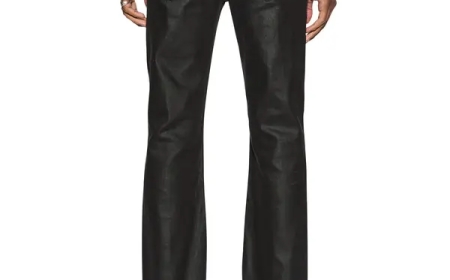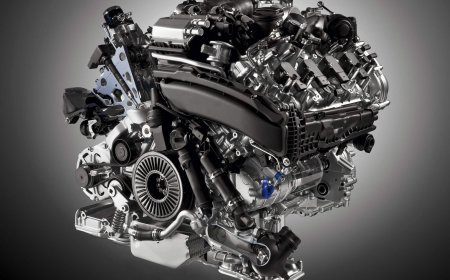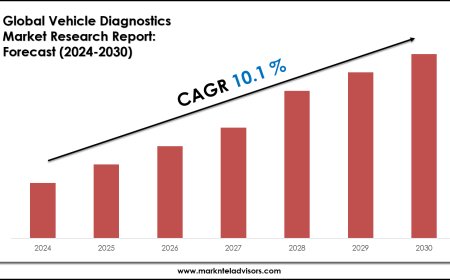Fossils of the Future: What Old Car Yards Teach Us About Driving Tomorrow
Old car yards do more than store scrap—they reveal how the past shapes the future of driving. Learn how a Used Car Buyer connects people with smarter car recycling in Australia.
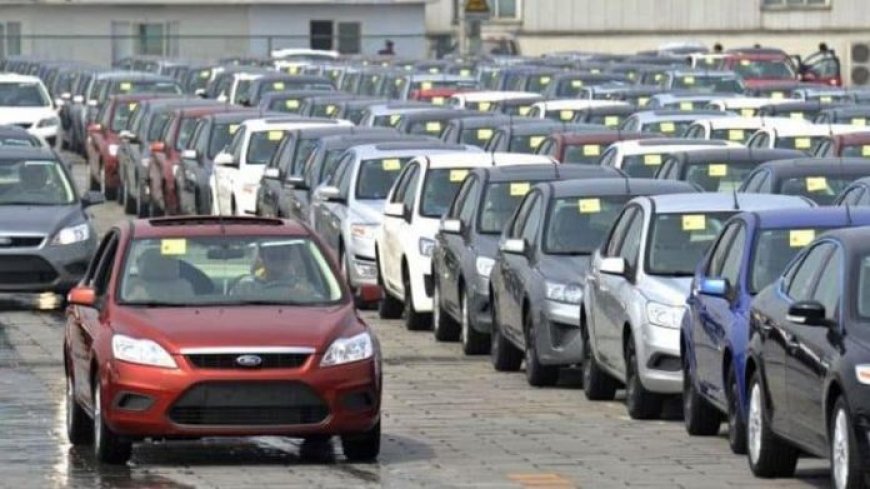
Old car yards may seem forgottenfilled with rusted shells, broken engines, and worn tyres. But these places offer more than just scraps. They hold stories from the past and clues for the future. In Australia, where driving is part of everyday life, these yards show how the country has changed and where it is heading.
From old Holdens and Falcons to hybrid vehicles and electric models, each wrecked car carries lessons. By looking closely at what ends up in these yards and how the parts are reused or recycled, we gain insight into how driving habits, car design, and environmental efforts are shaping tomorrows roads.https://www.carremovalsydney.com.au/
A Window into the Past
Many cars that land in old yards reflect choices people made years ago. These vehicles tell us what models were popular, what engines were common, and what parts lasted longest. For example, six-cylinder sedans were once widely used in family households, while utes and 4WDs served workers and travellers across rural regions.
These cars often show signs of weardamaged panels, faded dashboards, cracked seatsbut they also show strength. Some parts still function after decades. This helps us understand what kinds of build quality and materials hold up over time.
What Ends Up in the Yard
Cars enter yards for many reasons. Some are written off after crashes. Others break down due to age or lack of maintenance. Some are left behind when owners move or pass away.
According to the Australian Bureau of Statistics, the average age of a car in Australia is about 10.6 years. Vehicles beyond that age often end up in yards unless they are kept in good shape or restored.
What is interesting is that not all cars in these yards are damaged beyond use. Many have useful parts. Panels, wheels, batteries, engines, and seats are removed and resold. This reuse helps support repair work across the country.
Salvage and Reuse: A Lifeline for Repairs
Car repairers often rely on parts from salvage yards. In many towns and suburbs, access to older car parts allows workshops to complete repairs that would otherwise be costly or delayed.
Used engines, alternators, headlights, mirrors, and more are picked from yards and given another chance on the road. This reuse keeps many older cars working. It also helps reduce the need for new parts, which require energy and resources to make.
This cycle of salvage and reuse reduces waste and supports a system where nothing goes unused unless it must.
The Role of Scrap Metal and Resource Recovery
When parts cannot be reused, metal from the car is sent to recycling plants. Steel, aluminium, and copper are all common in vehicles. These metals are cleaned and melted down to be used again in new products.
Recycling metal uses less energy than mining and refining new ore. According to the Australian Steel Institute, recycling one tonne of steel saves over 1,300 kilograms of iron ore and 740 kilograms of coal. That is a clear environmental win.
Fluids from vehicleslike oil, coolant, and brake fluidare also drained and sent for treatment. This keeps them from leaking into soil and water.
How Car Yards Reflect the Shift in Technology
By walking through a car yard today, you can see how driving technology is changing. More hybrids and even early electric cars are starting to appear among the wrecks. This signals a shift in how Australians drive.
These cars bring new materialslike lithium batteries, wiring systems, and different types of motors. Car yards are adjusting to handle these changes safely. Special care must be taken when removing and recycling electric parts.
Looking at this trend helps us understand what tomorrows scrap will look like, and how the recycling industry must evolve to deal with new challenges.
Supporting the Cycle Through Smart Collection
Many people have an old car that no longer runs or is no longer needed. These vehicles often sit idle and take up space. Removing them can be a challenge, especially if they do not start or are damaged.
This is where collection services step in. Services such as Car Removal Sydney help take the pressure off owners by picking up these vehicles and ensuring they are sent to the right place. In the process, the cars are linked with yards that strip and recycle them properly.
By doing this, the service supports reuse and recycling across the industry. A Used Car Buyer helps connect households with the broader system that prevents waste, recovers resources, and gives parts a second life.
Cultural Impact of Old Cars
Beyond metal and parts, old cars also hold meaning. Some are models people remember from childhood. Others are tied to Australias road trips, beach holidays, or working lives.
Car clubs and restoration groups often visit yards to look for rare parts. These groups keep older models running and celebrate them at shows and meets. Through this, old car yards become part of keeping history alive, while also helping pass down skills in mechanics and restoration.
Even in their damaged state, these cars remain symbols of freedom, hard work, and innovation.
What the Future Looks Like
Looking ahead, Australias car market will keep changing. Electric cars will become more common. Rules about emissions and recycling will grow stronger. The kinds of cars we driveand scrapwill shift.
Old yards will continue to adapt. They will need tools to handle new materials. Workers will learn how to safely dismantle batteries and manage electronics. But the goal will stay the same: to make sure as little as possible is wasted.
With more people choosing to recycle and reuse, these places will remain vital in shaping a smarter future.
Conclusion
Old car yards are more than piles of scrap. They are archives of our choices, habits, and technology. They teach us about what lasts, what fails, and what can be used again.
By salvaging parts, recycling metal, and handling waste carefully, they help reduce harm to the planet. They also keep the wheels of the repair industry turning and allow history to live on in the form of working parts and restored vehicles.














